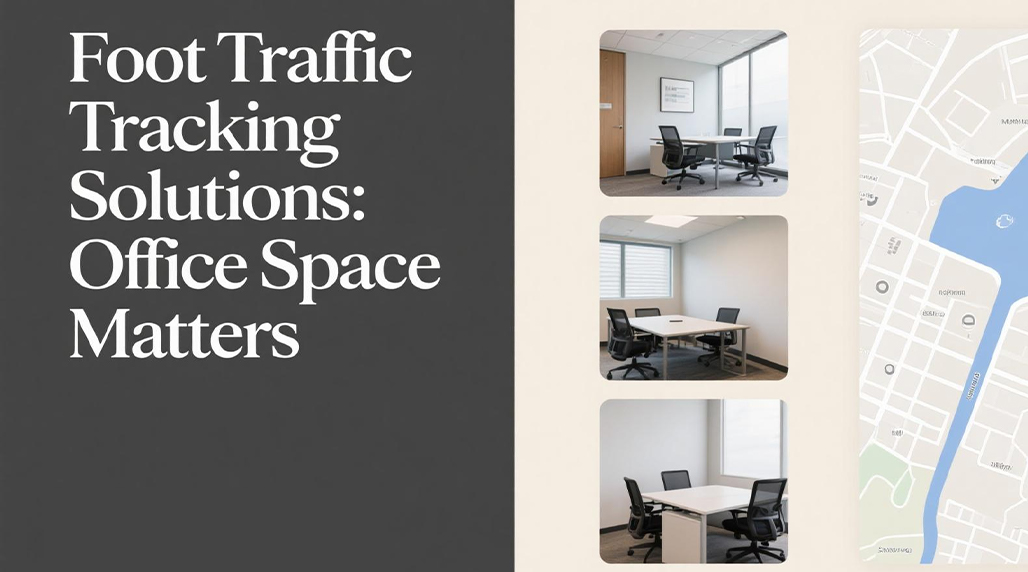Alright, let’s talk about figuring out where people actually go in the office. We had this big push after folks started coming back part-time, wanting to know if we were using the space right. Management kept asking, “Are these desks even being used? Are the meeting rooms full or empty?” Honestly, we were just guessing.
Getting Started – What to even look at?
So, I got tasked with figuring this out. First thing I did was just poke around online, see what others were doing. You see all sorts of fancy stuff – cameras with AI, tracking phones through Wi-Fi, complex sensor networks. Sounded complicated and, frankly, a bit creepy. We definitely didn’t want people feeling like they were being watched all the time. That was a big no-no from the start.
I looked at Wi-Fi tracking first. Seemed easy enough, just use the existing network. But then I realized it’s not very exact. It tells you someone’s generally in an area, but not if they walked into meeting room A versus meeting room B right next door. We needed more specific spot-checking than that.

Trying Stuff Out – The Simple Approach
Decided to go low-tech first. Keep it simple, right? I thought about those beam counters you see at shop entrances. Someone walks through, breaks the beam, adds one to the count. Cheap and pretty straightforward.
So, I ordered a few basic infrared beam counter kits. Not the fancy integrated systems, just the raw components basically. Spent an afternoon trying to get one working across a doorway near my desk. Getting the alignment right was fiddly. And then you realise, okay, it counts entries, but what about exits? Does it know direction? Most simple ones don’t. And people standing in the doorway could mess up the count. It felt a bit clumsy for tracking multiple spots.
Next idea: simple motion sensors. Passive infrared (PIR) sensors, the kind used in security lights. They just detect presence. Cheap, battery-powered options available. Less about counting precise numbers, more about “is this space occupied right now or not?” This felt more practical for our needs – understanding usage patterns rather than exact headcounts every minute.
Putting It In Place – The Real Work
We decided to try the PIR sensor route. I ordered a batch of small, battery-powered wireless ones. The idea was to place them in specific zones:
- Under desks in different team areas
- In small meeting rooms (‘huddle rooms’)
- Near the coffee machines and water coolers
Installation was pretty basic. Most were just peel-and-stick. I went around one morning and just stuck them where we planned. Under desks, on ceilings in the small rooms (to get a wider view). Easy enough. The wireless part was key – no running cables everywhere, which would have been a nightmare.
Then came connecting them. These sensors talked to a little hub device I plugged into the network in the server closet. Setting that up took some fiddling with the configuration tool that came with it. Had to ‘pair’ each sensor to the hub, give it a name like “Desk_Area_3” or “Huddle_Room_1”. Took a few hours to get them all talking correctly.
Looking at the Numbers – What Did We Find?

We let it run for about two weeks to gather some baseline data. The system basically just logged timestamps whenever a sensor detected motion. It wasn’t super sophisticated. I had to export the raw data logs – basically just big text files – and massage them in Excel to make any sense of it.
Even with simple data, it was eye-opening. We could clearly see:
- Peak times: When were areas busiest? Tuesdays and Wednesdays, mid-morning, were crazy. Mondays and Fridays were dead quiet in some zones.
- Underused spaces: That fancy ‘collaboration zone’ we spent money on? Barely got used. A couple of huddle rooms were constantly occupied, others almost never.
- Desk usage: Confirmed our suspicion that fixed desks assigned to hybrid workers were empty a lot of the time.
It wasn’t perfect though. Sometimes shadows or maybe even the air conditioning seemed to trigger a sensor. And batteries needed changing more often than I’d hoped in the high-traffic areas. The data needed cleaning up; you couldn’t just take the raw counts as gospel.
Where We Are Now
So, we’ve got this system running now in most key areas. It’s not some super-advanced AI thing, just simple sensors feeding data into a basic dashboard I put together (after ditching the messy spreadsheets). It gives us a decent pulse on how the office space is actually being used, day-to-day.
We’re using this info now to guide cleaning schedules (no point deep cleaning empty areas daily), adjust HVAC in zones based on occupancy, and it’s feeding into bigger discussions about reconfiguring the floor layout. Do we need all these assigned desks? Do we need more small meeting rooms? Now we have some actual data to back up those decisions, instead of just gut feelings. It was a bit of trial and error getting here, but this simpler approach worked out okay for what we needed.
